Heritage Open Days, Cheshire. Day 2 follows the previous post of what we visited in the first day we went to see the heritages sites. On that day we saw a bank vault, a bath house and physic garden, an 1845 cottage for railway workers, and the Crewe Heritage site where we took a miniature train ride. It was fantastic. This time we went to see one of the towers on the Chester wall, a brine works where salt for chemicals was extracted, and a 14th century hall near Manchester.
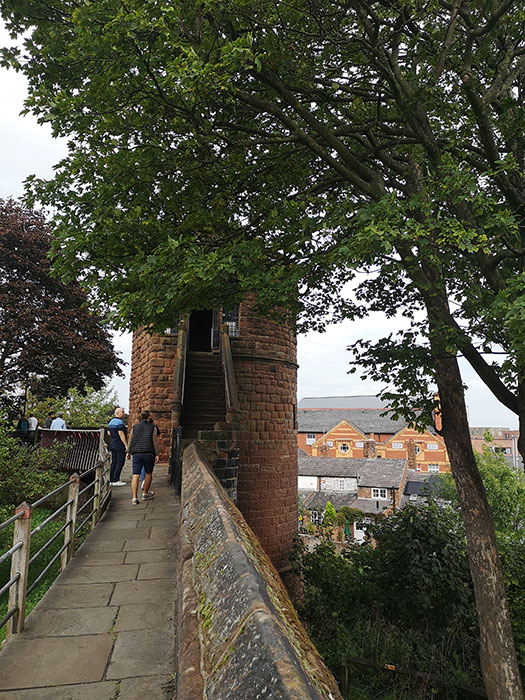
King Charles Tower is at the North-East corner of the city walls in Chester. The tower gets its name from King Charles I. It is a two-storey tower where the king stayed for a short while during the civil war. The walls in Chester are great, started as a Roman wall for a fortress, they were made wider during the medieval period. Towers for protection were erected. The walls were refurbished during the Victorian period so that they could be used for promenade by tourists.
Usually the towers are locked, but for this year one of the towers was open and guides were there to answer our questions and tell us a bit about the history of the place.
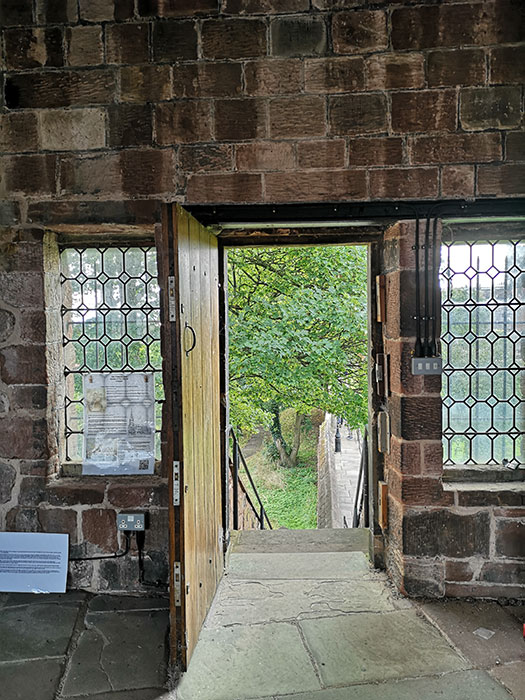
This is the door for the upper room. There is no communication between the upper and the lower rooms.
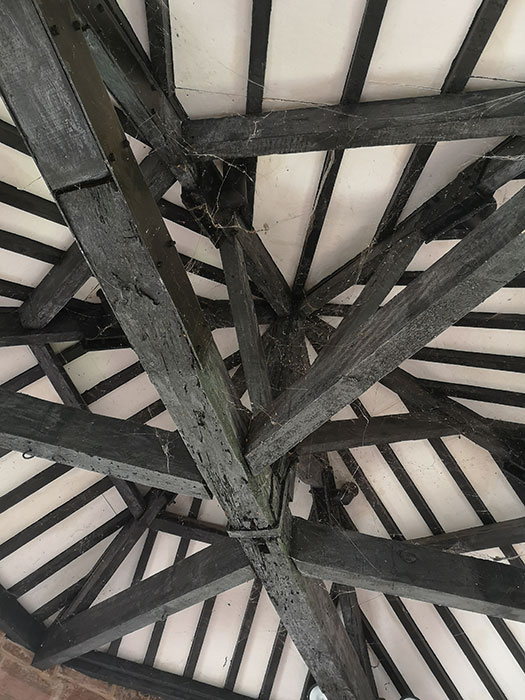
The ceiling was refurbished recently, using appropriate materials and techniques.
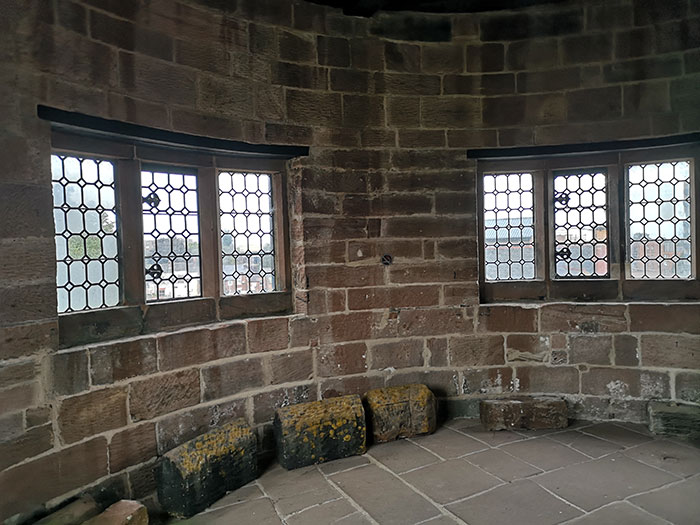
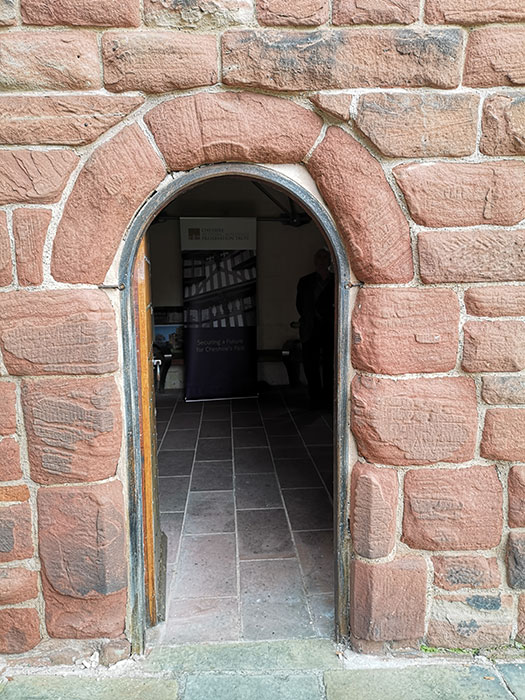
The door to the lower room, which is much smaller, but has this very interesting ceiling you can see in the next picture. I assumed it was something artsy, but I was told that in fact it is made like this to sustain the room above. A structural reinforcement that looks new is a bold choice and one that ensures the building will be preserved in the future.
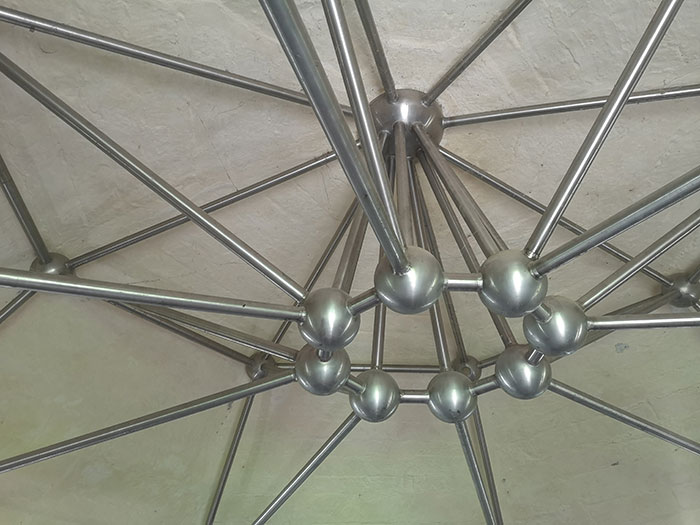
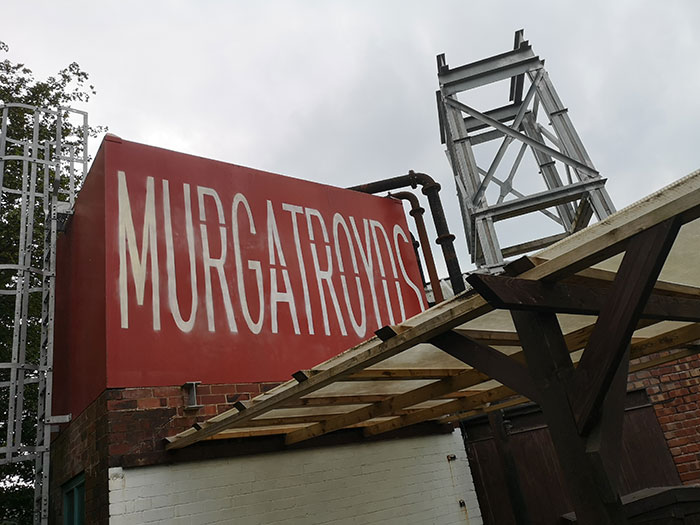
Murgatroyd’s Brine Pump Works was so interesting. It’s a very hard to reach place as there is a small right of way given to the museum by a company that has the land, in an industrial location.
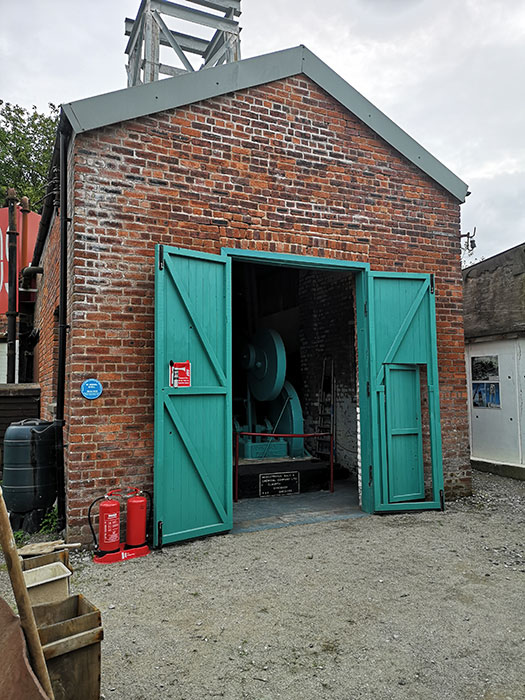
There are a few guides there, all very engaged and friendly. They gave us a tour of the place which took about 2 hours, which is incredible considering that this is only a small location. It was so informative too. We both enjoyed it a lot. I was interested in the history part of the place, while my husband was more into the chemistry and science of extracting salt and processing it into chemicals for all sorts of industries, from soap manufacturing at Port Sunlight (where Unilever was born) to industrial purposes.
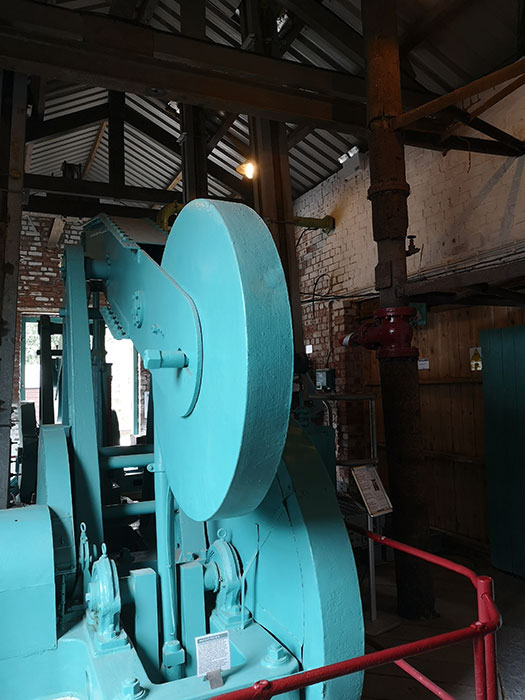
The pump is preserved. The teal colour is original, I asked because it looks like a cute new colour and not one that I associate with machinery. It’s really fascinating stuff.
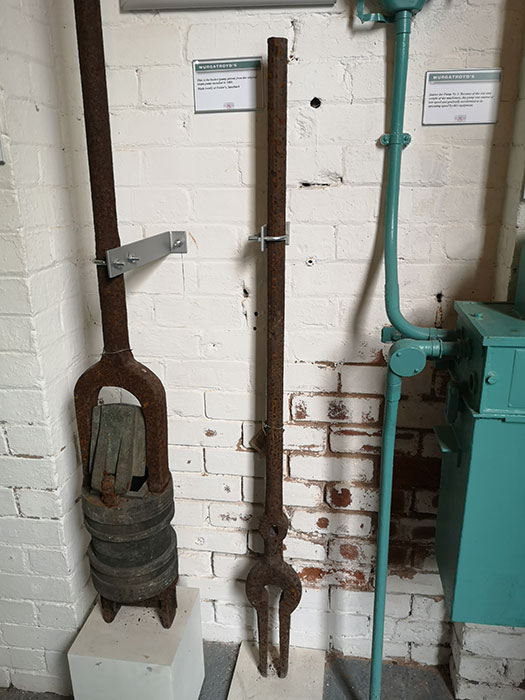
I highly recommend visiting this place when it opens again next year. It’s free and it would be very interesting for older children and teenagers too.
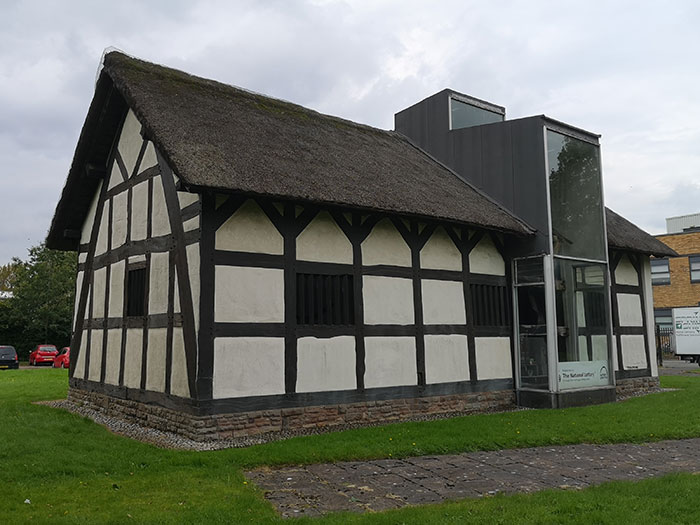
Newton Hall was the last place we went to for Heritage Open Days this year. It was such a lovely place. It was reconstructed, but it still has original features and some of the original beams, from the 14th century were used in the reconstruction.
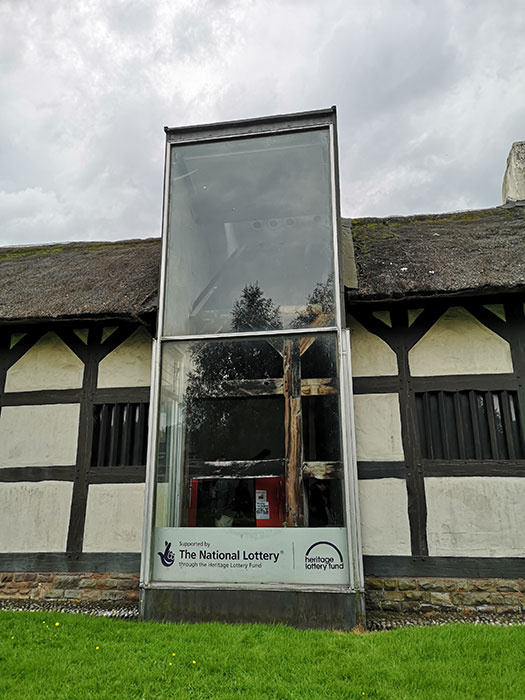
The glass tower with exposed beams is amazing. It gets light into the building and it offers a lovely view of the structure of the building.
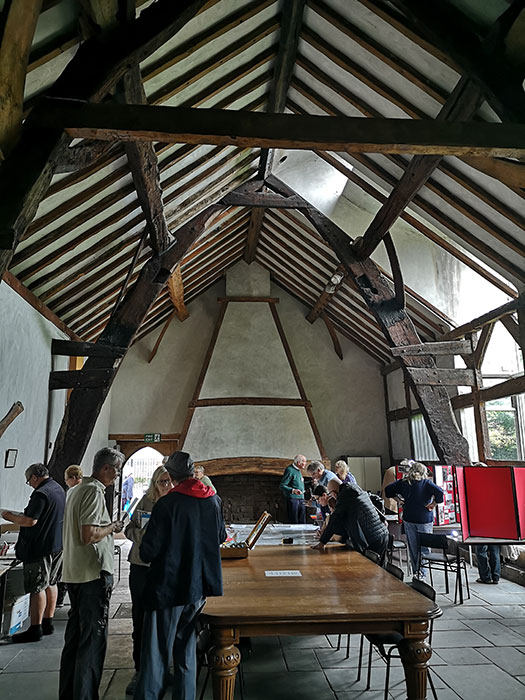
There was a book sale and it was very popular. While mainly were books for local history buffs, I got a booklet on the hall, which shows how the building was reconstructed.
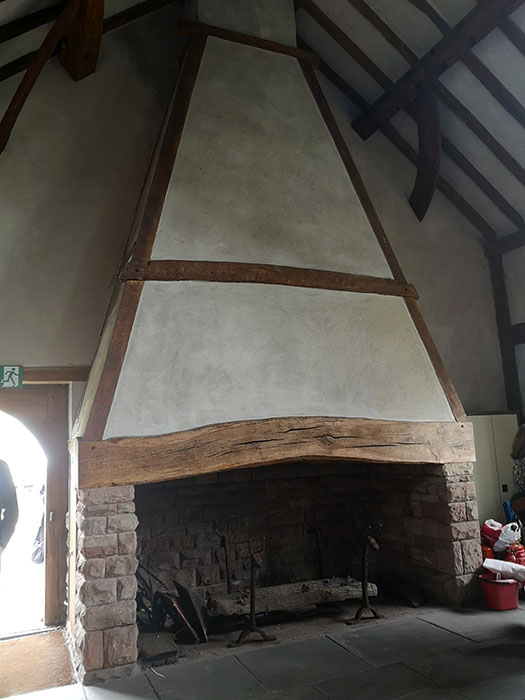
The fireplace is gorgeous and I loved those firedogs.
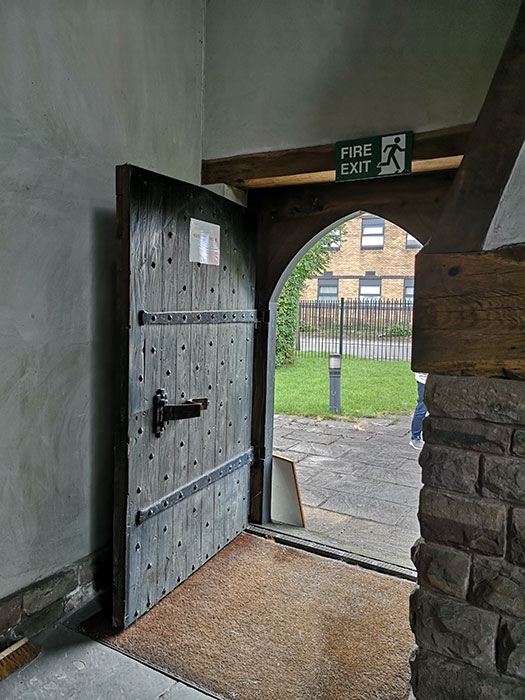
We had a lovely day. We left at 9 in the morning and we were back home at about 4 in the afternoon. It is amazing that these places are open to celebrate local history and they are manned by guides with so much passion for the place they show that it makes it a fantastic stop. Now I am looking forward to the next batch of Heritage Open Days locations I will visit next year.

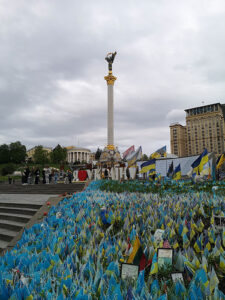



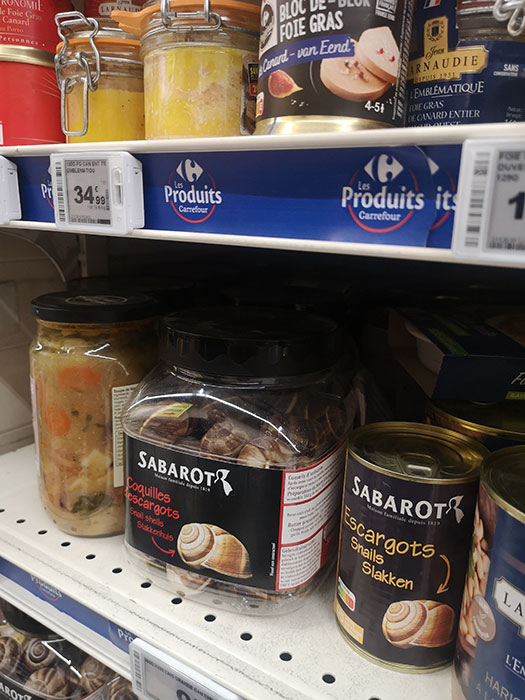


I like how both of the ceilings look. It’s interesting to see how they dealt with structural integrity of that ground floor ceiling considering the stone floor it supports. Interesting about the brine pump, too. I’m only familiar with brine as a by-product of oil & gas production.
Kelly recently posted…The Midwich Cuckoos by John Wyndham
In this case the brine is salty water, with a concentration of 25% salt. Instead of rock salt quarrying, they were extracting brine before making it into salt or various chemicals. The pump is like the ones used in oil extraction, which were made using this kind of pumps as inspiration. I found that tour really fascinating.